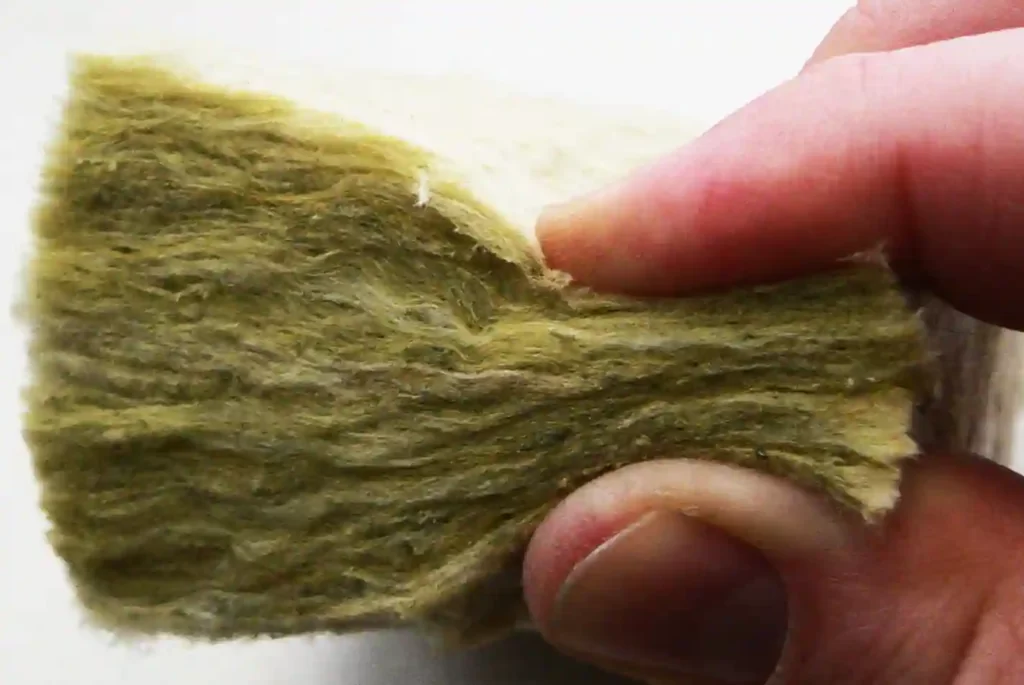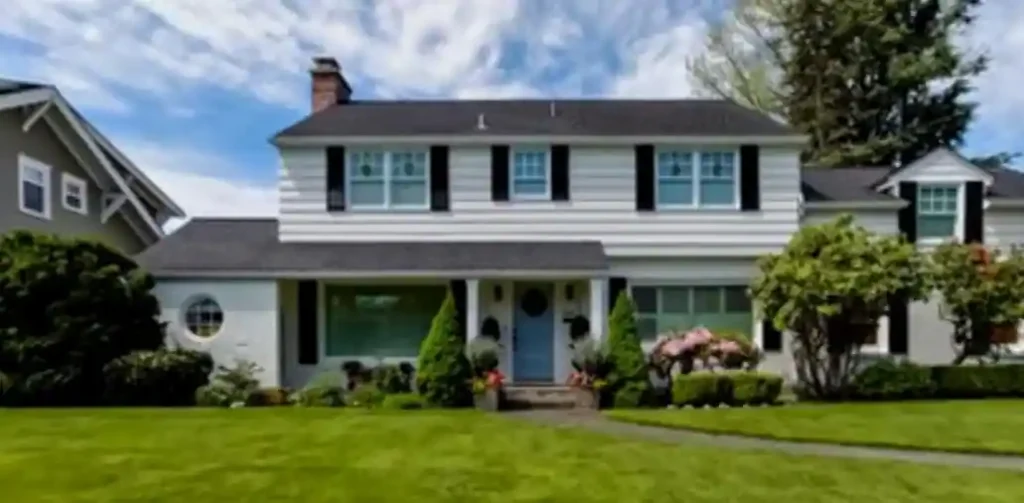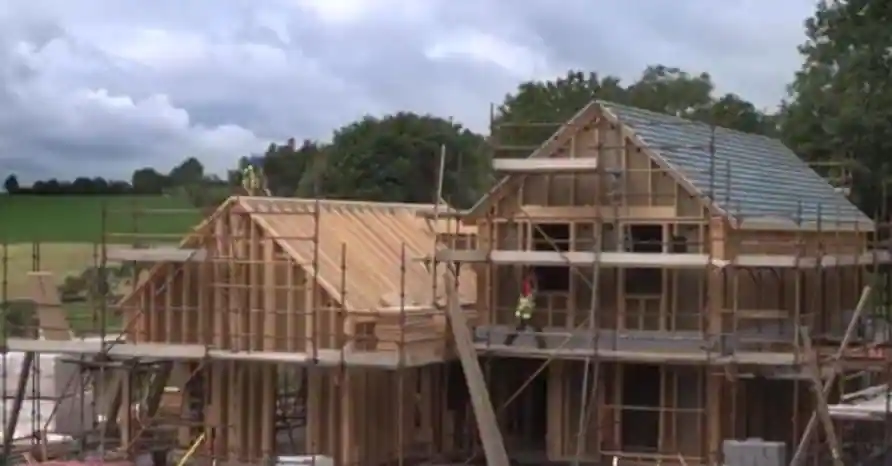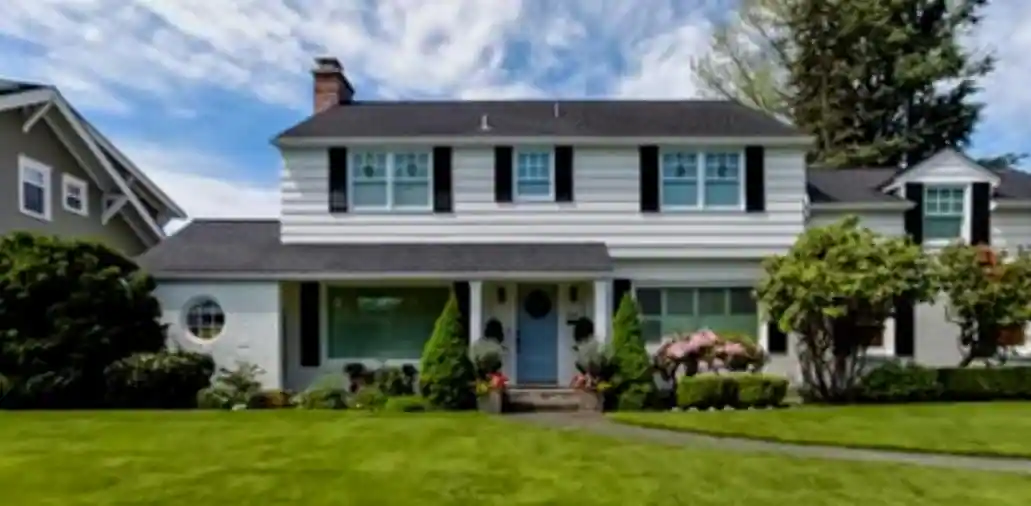Passive House Roof Insulation -A Complete Guide for Maximum Energy Efficiency
First of all, trying to know- The goal of building sustainable and energy-efficient homes has made Passive House design ideas more well-known. The insulation of the roof is an essential part of building a Passive House since it helps to create a thermal envelope that reduces heat loss. So, here We are going to discuss as well as dive into the realm of Passive House roof insulation in this in-depth tutorial, covering the best insulation options and the systematic steps involved in achieving maximum energy efficiency and comfort.
Comprehending the Principles of Passive Housing:
Buildings with minimum energy requirements for heating and cooling are the goal of passive house design, which relies on natural resources like sunlight and effective insulation. We hope you may read the post “Passive House Insulation” in which we shared detailed information about the principles of passive house. Since roof insulation is essential to preserving a constant interior temperature, it must be considered in this calculation.
The Best Materials for Roof Insulation in Passive Houses:
According to our research as well as our insulation experts,the following materials known as the best and corect insulation materials for insulating the roof of a passive house, let’s see which are they, and to insulate the roof of passive house with best material and correct steps.
Insulation made of cellulose:
Cellulose insulation is known as a green and sustainable insulation material that is derived from recycled paper as well as has high heat resistance. It is environmentally friendly insulation material with best r value. This material is most;y used, becuase it is known as sustainable and environmently free insulation material
It is blown into cavities to ensure a smooth fit and is sprayed with fire retardants to increase safety.
Insulation made of fibreglass:
Fibreglass insulation is made up of tiny glass fibres and is frequently utilised due to its affordability.
It offers application diversity and comes in a variety of forms, including as loose-fill and batts.
Insulation with mineral wool:

Mineral wool insulation, which is made of rock or slag, has good sound absorption and fire resistance.
It is a strong option for Passive House roofing since it is resilient to mould and pests.
Insulation with Spray Foam:

By expanding to fill in spaces, spray foam insulation forms an uninterrupted, airtight barrier.
Although it offers better insulating performance, off-gassing problems can be avoided with careful installation.
How to Insulate the Roof of a Passive House:
By using above material according to your needs and budget you may follow the following steps and guidelines to insulate the passive house roof
Perform a Comprehensive Energy Audit:
To find possible regions of heat gain and loss, perform an energy audit prior to beginning the insulation procedure.
To find the best solutions, examine the insulation and roof structure that are currently in place.
Selecting the Appropriate Insulation Material
Choose the best insulation material for the roof based on the energy audit and climate factors.
Think about things like local availability, environmental impact, and R-value.
Maintain a Constant Thermal Envelope:
Establishing a constant thermal envelope is essential to achieving maximum energy efficiency.
For optimal insulation effectiveness, seal all joints and crevices in the roof structure to stop air leaks.
Appropriate Installation Methods:
While installing the selected insulation material, abide by the manufacturer’s instructions and industry best practices.
Make sure there are no gaps, compression, or other problems that could affect how efficient the insulation is.
Considering Ventilation:- Passive House Roof Insulation
In order to avoid moisture buildup, which can result in mould and lower the efficiency of insulation, proper ventilation is crucial.
Incorporate a suitable ventilation system to enhance the insulation approach.
Think about solutions for renewable energy:
By adding renewable energy sources to your Passive House, such solar panels for the roof, you can increase its sustainability. This cam helps to decrease and lessens dependency on outside energy sources even more as well as has long-term positive effects on the environment and provide environmentally environment.
In the final words we can say, Passive House roof insulation is essential as well as important to attaining the highest levels of sustainability and energy efficiency. Long-term economic viability and environmental friendliness can be achieved in homes built by homeowners and builders through careful selection of insulation materials and installation techniques. Passive House concepts mainly designed for serve as a shining example of innovation and adventure in the building sector as the globe continues to place a high priority on sustainable as well as environmentally friendly living.
Benefits Of Passive House
With good and better performance, cause, the idea of passive dwellings has been increasingly popular in the world of sustainable as well as environment living in the recent years. These cutting-edge residences have many advantages over and above energy efficiency. Let’s examine a few of the main benefits of passive homes:

Outstanding Energy Efficiency:
Passive homes are made with a major reduction in energy usage in mind. Their airtight construction, well-insulated buildings, and sophisticated ventilation systems guarantee that very little energy is used for heating or cooling. In the long term, this results in significant savings on utility bills, which makes these homes extremely cost-effective and energy efficient.
Superior Comfort Levels: – Benefits of Passive House
Passive house design places occupant comfort first. Reliable temperature control, well-balanced humidity levels, and superior indoor air quality all contribute to an energy-efficient and incredibly comfortable living space. As a result, residents are content and healthier.
Environmental Sustainability:
Compared to standard dwellings, passive houses have a substantially smaller carbon footprint. Lower greenhouse gas emissions and carbon footprint result from the lowest energy requirements, supporting international efforts to mitigate climate change. Selecting a passive house is an active move in the direction of sustainable living.
Financial Savings- Passive house benefits
Because passive houses use cutting-edge construction materials and technologies, the initial investment may be expensive, but over time, the savings can be significant. Passive houses are a financially smart choice because of their lower energy bills, lower maintenance requirements, and possible government incentives for eco-friendly housing.
Resilence and External Facters- Benefits of passive house
Passive houses are engineered to exhibit resilience against environmental forces, including but not limited to adverse weather conditions. No matter the outside conditions, the sturdy construction and insulation guarantee the comfort of the occupants. This resistance adds to the building’s endurance and robustness.
Enhanced Property Value:
As sustainability and energy efficiency become more and more important, passive houses are becoming more and more appealing to buyers. Properties with energy-efficient features and green certifications typically have better resale prices as environmental consciousness grows. Purchasing a passive home can therefore be viewed as a prudent financial move.
Regulatory Compliance and Certifications:
In an effort to encourage the construction of energy-efficient buildings, many regions are implementing stronger building norms and regulations. Since passive homes frequently meet or surpass these requirements, it is simpler for homeowners to abide by the law and receive certifications that attest to their dedication to sustainable living.
Noise reduction:
Excellent insulation in passive homes serves as a powerful barrier against outside noise in addition to saving energy.
As a result and for final line on benefits, the living space becomes calmer as well as more serene, which can able to improves the residents’ general wellbeing.
According to BIM, and insulation experts, passive homes combine increased comfort, environmental sustainability, and energy efficiency to provide a comprehensive approach to modern living. Passive houses are becoming increasingly noticeable as a responsible and progressive option for homeowners as awareness of the negative environmental effects of standard building develops.
Benefits Of Roof Insulation

Unlocking Energy Efficiency: The Advantages of Passive House Roof U Value and Roof Insulation
The need of adequate roof insulation in the pursuit of energy efficiency and sustainable living cannot be emphasised. There are many advantages you will get after roof insulation that go beyond simply keeping your house warm in the winter as well as cool in the summer and helps to maintain temperature. These advantages affect both your comfort and your pocketbook.
Advantages of Roof Insulation:
Energy Efficiency- Benefits Of Roof Insulation
By acting as a barrier, roof insulation keeps heat from escaping in the winter and from entering in the summer. As a result, there is less need for continuous heating or cooling, which lowers energy costs as well as produces a more steady and comfortable interior temperature thus it is known as best house.
Cost Savings:- Benefits of roof insulation
Long-term energy consumption savings make the initial investment in high-quality roof insulation worthwhile. It is a sustainable and economical option because homeowners frequently experience a significant reduction in their heating and cooling expenses.
Environmental Impact:
Cutting back on energy use helps the environment by lowering carbon emissions in addition to your pocketbook. This house can help to Reduce your energy consumption for heating and cooling reduce greenhouse gas emissions and promote environmental sustainability.
Comfort and Well-Being:
Insulation helps manage humidity levels and temperature, which helps avoid problems like mold and mildew. This results in a more pleasant living area and a healthier indoor environment.
Noise Reduction: – Benefits of roof insulation
Insulation reduces outside noise pollution by acting as a sound absorber. This makes living in cities or close to busy roads especially advantageous since it creates a calmer and more serene atmosphere.
Passive House Roof U Value:– Passive House Roof Insulation
An important consideration when assessing the efficacy of insulation is the U value, also known as thermal transmittance. A low U value is crucial for a passive home roof. This is the reason why:
1. Improved Insulation: Passive houses place a high priority on insulation. A low U value indicates that the roof insulation minimises heat transfer between the house’s outside and interior.
2. Stable Temperatures: A low U value guarantees little variations in the temperature inside a passive dwelling. This is a fundamental aspect of passive design, which seeks to preserve comfortable living spaces without using a lot of energy-intensive active heating or cooling equipment.
3. Standards Compliance: Strict adherence to U value limitations is required by passive house standards. You may be sure that your house is in line with passive design principles and is energy-efficient if your roof satisfies these requirements.
4. Long-term Savings: Achieving a low U value may require a larger initial investment, but over time, the energy savings and improved comfort make it a prudent financial decision. The environmental impact of passive dwellings is well known, as is their decreased dependency on outside energy sources.
Like other construction elements, the roof of a passive house should have a low U-value to reduce heat loss. A material’s thermal transmittance, or how well it insulates, is measured by its U-value. The insulation is better the lower the U-value.
Passive house roof u value- U-values for roofs in passive dwellings often fall between 0.10 and 0.15 W/(m²·K) or even lower. Remember that these figures may change depending on local building codes, weather, and unique design factors.
I suggest contacting professionals in the construction sector who specialize in passive house design and construction, as well as checking local building codes and standards, to discover the most current and correct information and then select material according to passive house roof u value.
Bottom Line of Passive House Roof Insulation And Passive House Roof U Value
There are many types of Insulation Materials available in the market to insulate home. We need to pay attention to – what makes a comfortable building and keep the inside environment pleasant in the house. To achieve that goal Passive House is oriented best to take advantage of the sun’s energy for heating in winter and shade in summer. For that, the “Heat Recovery Ventilator” (HRV) and Energy Recovery Ventilator (ERV), this device is installed in Passive House. So, it can help to transfer heat EVR used to transfer moisture for maximum energy efficiency and make healthy as well as comfortable indoor air quality. These all things are helpful for the Passive House, to improve the energy-efficiency and comfort.
Do let us know how you feel about this information by commenting.
Like our Facebook page and follow for other updates like this.

